


1/3

1/3
#informs2025

#informs2025
2/3

2/3
First, I joined Kayse Lee Maass and Graeme Warren for the panel Learning and Teaching with Games at the Teaching Excellence and Networking workshop, hosted by Yaren Bilge Kaya.
1/3


First, I joined Kayse Lee Maass and Graeme Warren for the panel Learning and Teaching with Games at the Teaching Excellence and Networking workshop, hosted by Yaren Bilge Kaya.
1/3
You can read more about it here: arxiv.org/abs/2509.11031
#informs2025

You can read more about it here: arxiv.org/abs/2509.11031
#informs2025
Jiannan Xu showed us at #informs2025 Data Mining workshop that YES, it does!
Paper: papers.ssrn.com/sol3/papers....

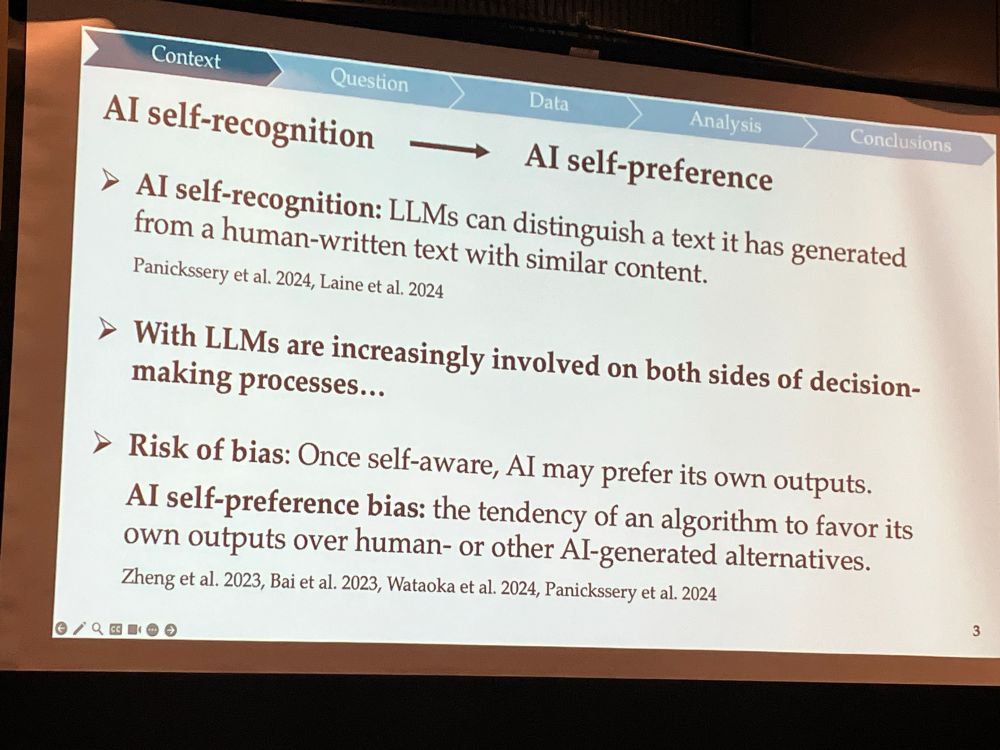


Jiannan Xu showed us at #informs2025 Data Mining workshop that YES, it does!
Paper: papers.ssrn.com/sol3/papers....
Tomorrow(Friday, October 17) I will be talking at the University of Iowa Computer Science's Colloquium @uiowacs.bsky.social about optimization over trained neural networks.
The talk is at 3:30 PM in room 110 MLH.
For more details: cs.uiowa.edu/event/34670/0

Tomorrow(Friday, October 17) I will be talking at the University of Iowa Computer Science's Colloquium @uiowacs.bsky.social about optimization over trained neural networks.
The talk is at 3:30 PM in room 110 MLH.
For more details: cs.uiowa.edu/event/34670/0

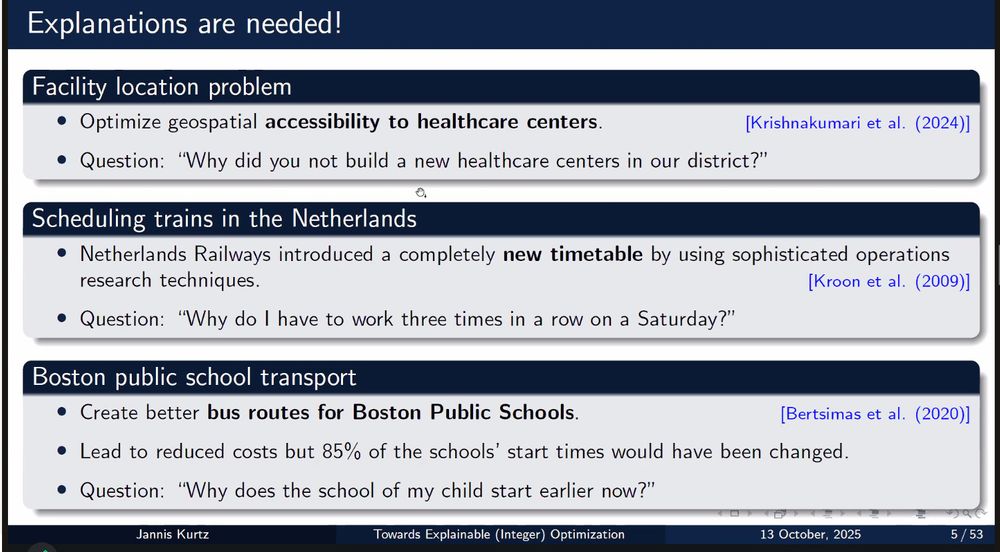





3/3
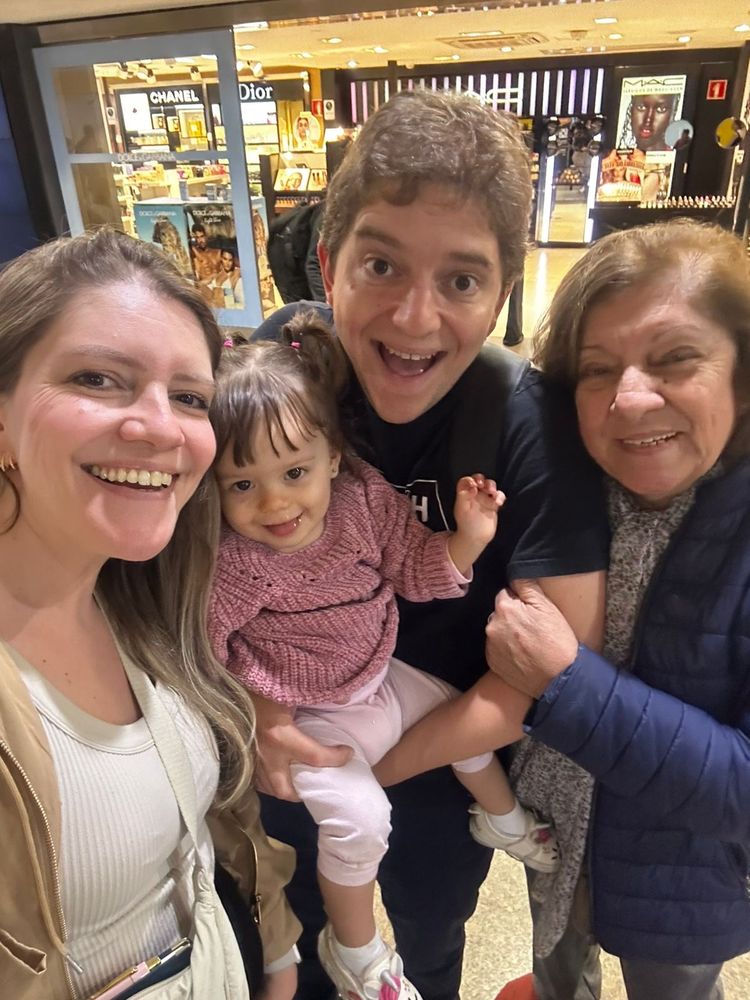
3/3
2/3


2/3
1/3




1/3
5/N



5/N
4/N

4/N
3/N
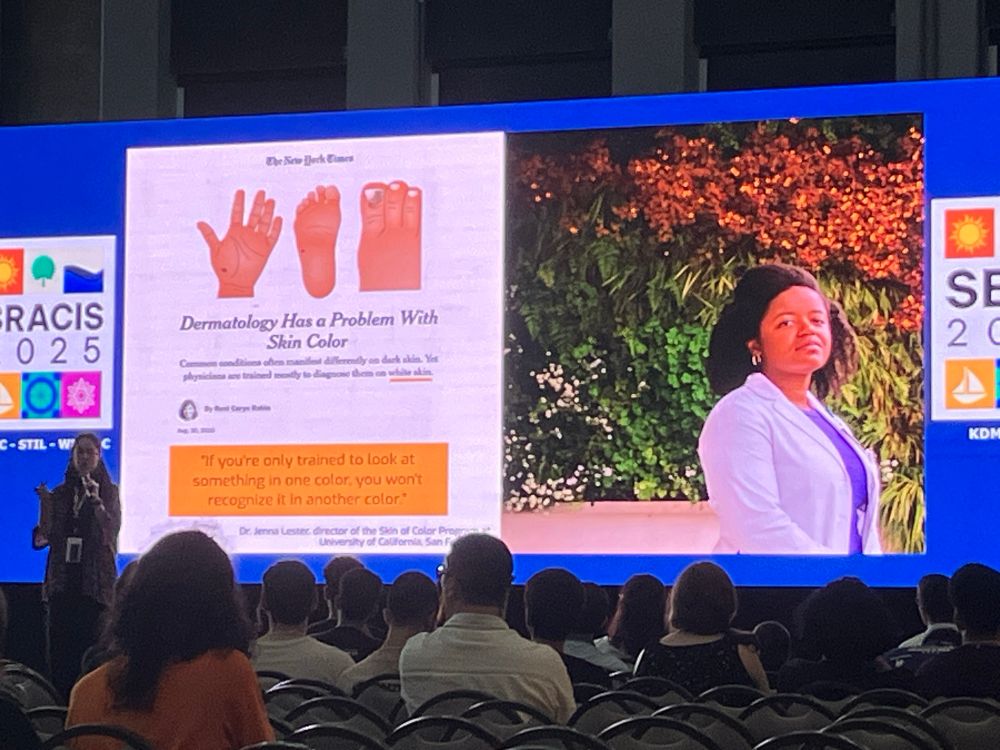



3/N
2/N




2/N
Interestingly, the story starts with winning a classification contest, and then evolves from her working backwards to figure out what the models actually predicted.
1/N
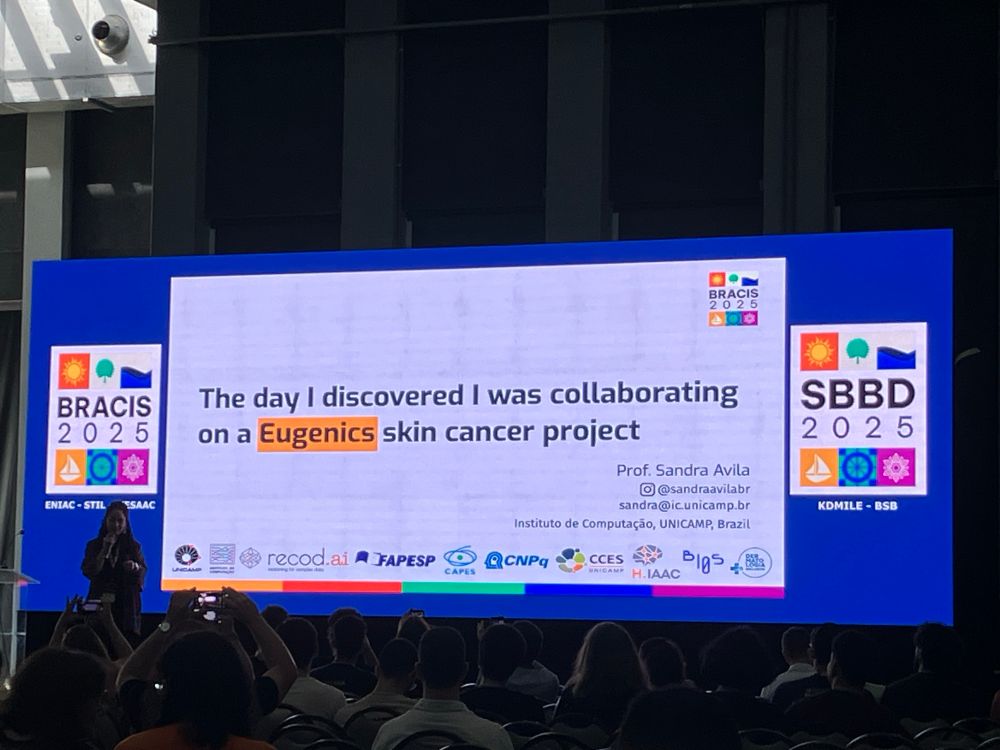



Interestingly, the story starts with winning a classification contest, and then evolves from her working backwards to figure out what the models actually predicted.
1/N
6/6


6/6
5/N



5/N
That allows to investigate networks in a number of ways, such as in one of their studies on citations, coauthorship, and clustering of scholars in different areas.
4/N




That allows to investigate networks in a number of ways, such as in one of their studies on citations, coauthorship, and clustering of scholars in different areas.
4/N
3/N



3/N
2/N




2/N

